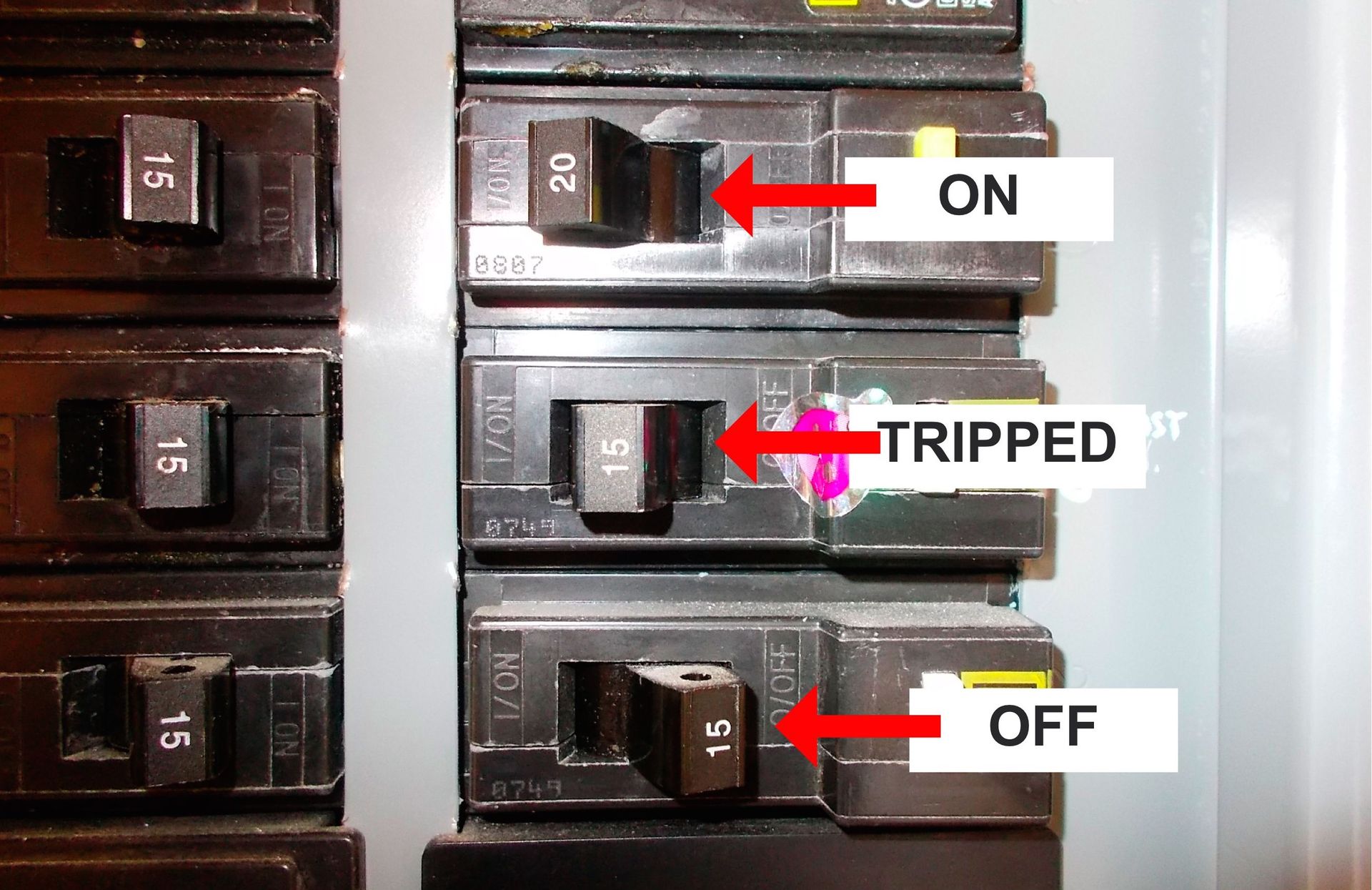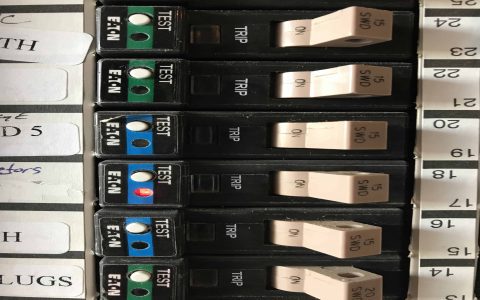Common Causes for a Tripping Breaker in One Room
A circuit breaker tripping in a single room usually points to an electrical issue isolated to that specific circuit. The breaker's function is to prevent overcurrents from damaging wiring.
- Circuit Overload: This is the most frequent cause. It occurs when too many devices, especially high-power ones (e.g., space heaters, hair dryers, air conditioners), draw more current than the circuit is rated for.
- Short Circuit: A short circuit happens when a hot (live) wire makes direct contact with a neutral wire or another hot wire. This allows a very high current to flow, instantly tripping the breaker. Causes include damaged appliance wiring, faulty outlet connections, or pest-damaged wires.
- Ground Fault: This occurs if a hot wire touches a ground wire, a grounded metal electrical box, or a grounded part of an appliance. Like a short circuit, it results in a rapid surge of current.
- Faulty Appliance: An appliance with an internal electrical fault can draw excessive current or create a short/ground fault, causing the breaker to trip. This might start intermittently.
- Defective Circuit Breaker: Breakers can weaken with age or develop faults, causing them to trip at lower currents than designed for, or fail to trip when they should. They might also become difficult to reset.
Troubleshooting Steps
Before contacting an electrician, you can perform these diagnostic steps:
- Identify Active Devices: Note which appliances, lights, or electronics were operating in the room when the breaker tripped.
- Unplug Everything: Disconnect all devices and lamps from the outlets on the affected circuit in that room.
- Reset the Breaker: At your electrical panel, firmly push the tripped breaker to the full "OFF" position, then switch it back to the "ON" position.
- If the breaker trips immediately with nothing plugged in, the issue is likely with the circuit wiring or the breaker itself. Professional assistance is required.
- Test Devices Individually: If the breaker remains on after resetting, plug in and turn on one device at a time. If a particular appliance causes the breaker to trip, that item is likely the source of the problem. Discontinue its use.
- Inspect Cords and Outlets: Visually examine power cords, plugs, and wall outlets for any signs of damage, such as fraying, melting, scorch marks, or loose connections. Do not use any item that appears damaged.
- Check for Overload Patterns: If the breaker trips only when multiple specific high-demand items are running concurrently (e.g., a portable heater and a vacuum cleaner), you are likely overloading the circuit. Try to operate these devices on separate circuits or avoid using them simultaneously.
When to Call a Professional Electrician
Electrical issues can be hazardous. It's crucial to contact a qualified electrician under the following circumstances:

- You are unable to pinpoint the cause of the tripping after basic troubleshooting.
- The breaker trips instantly upon reset, even when all devices in the room are unplugged.
- You detect any burning odors, see sparks, or notice signs of overheating (e.g., discoloration, melting) at outlets, switches, or the breaker panel itself.
- The tripping issue is persistent or recurrent, suggesting a more complex wiring problem or a faulty breaker that needs replacement.
- You feel uncomfortable or uncertain about safely addressing any electrical issue.
Safety Notice: Attempting to repair electrical wiring or replace circuit breakers without proper knowledge and qualifications can lead to severe risks, including electrical shock, fire, or further damage to your electrical system. Prioritize safety and consult a professional.










